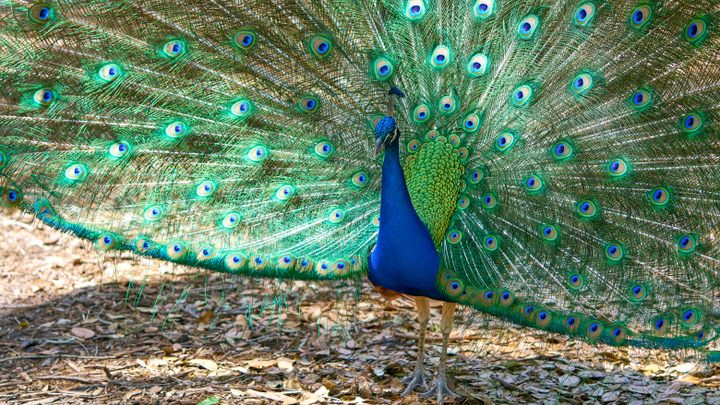
Where The Wild Things Are: 8 Animal Adventures in Florida
Interactive wildlife attractions let you experience your favorite animals up close.
The Sunshine State is a nature-lover’s paradise, with up-close animal experiences for every age and interest. Whether your family is jazzed to see vibrant flamingoes, meet a ‘gator named Elvis, or snorkel with some giant – and gentle – manatees in crystal clear waters, this guide is just what you need to awaken your wild side.
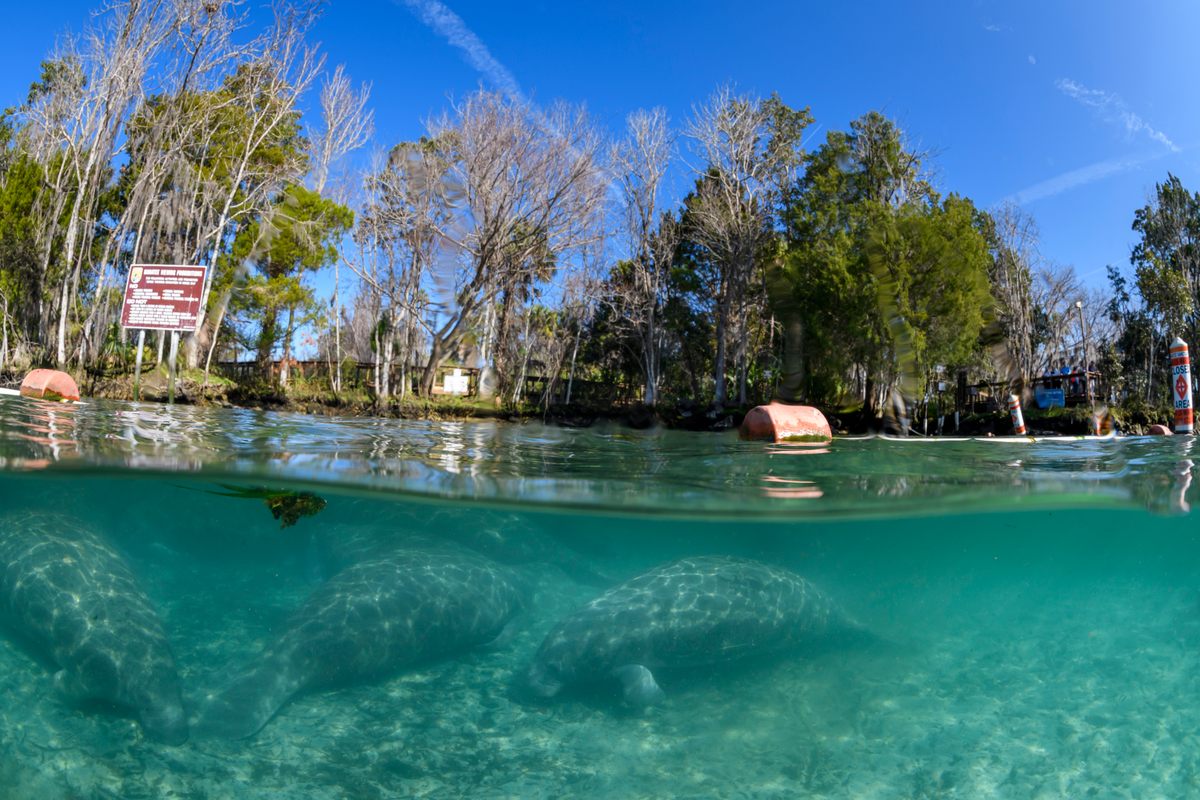
1. Snorkel with Manatees – Crystal River
Below the Surface
To call manatees gentle giants isn’t an exaggeration, as they can weigh nearly 1,000 pounds and stretch to 10 feet long. See them up close by snorkeling in the pristine water of the aptly named Crystal River with one of more than half a dozen local outfitters. Visitors wear wetsuits — the 72 degree water is comfortable for manatees but frigid for humans — and strike out by boat in search of new aquatic friends, typically early in the morning when manatees are most active. Guests are given instructions on how to behave responsibly and respectfully since many manatees are curious enough to want to interact and play.
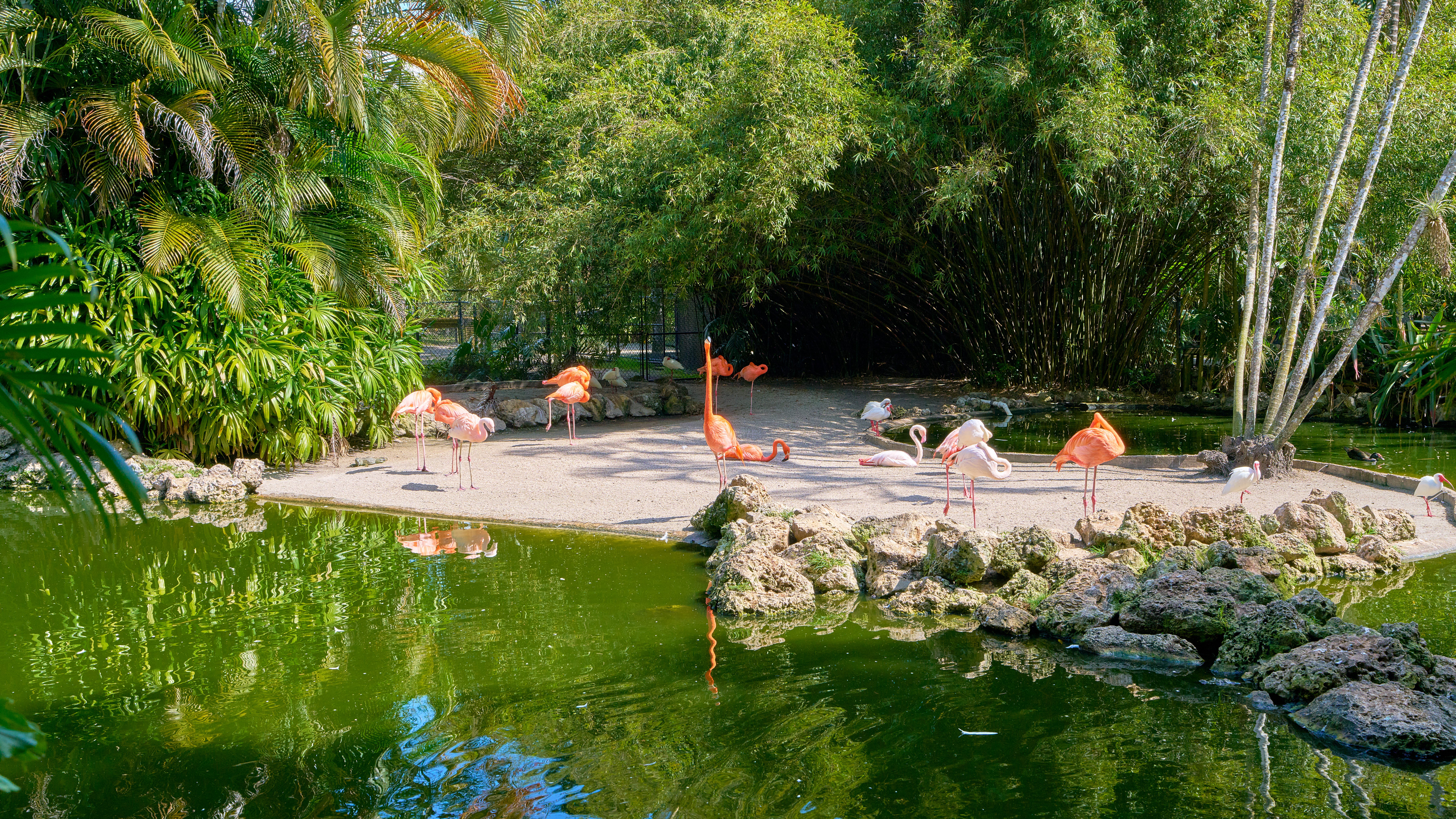
2. Flamingo Gardens – Davie
Wildlife Galore
You may want to carve out an entire day to explore this nearly 100-year-old, 60-acre wildlife preserve and botanical gardens. See native alligators (including Elvis the 3rd and Priscilla, both of whom were rescued from the illegal pet trade) in the crocodilian habitat; wander through the 25,000-square-foot aviary where more than 250 birds perch among the trees; visit Josh, a 600-pound Black bear; chat with vocal parrots, macaws, and a toucan; and witness panther and bobcats prowl from a distance. Pick up some of the bird-approved snacks available on site and head to the flamingo pond, where guests feed the resident Caribbean flamingos, arrayed in bright pink feathers. Botany enthusiasts will love the lush grounds planted with more than 3,000 tropical and subtropical plants, blooms, and trees, including a collection of “State Champion” trees — the largest of their species.

3. Big Bend Power Plant Manatee Viewing Area – Apollo Beach
Bathing Beauties
Manatees, designated Florida’s official state marine mammal since 1975, are picky about their water temperature. So, when the water in Tampa Bay drops below 68 degrees each winter, the local manatee population likes to swim to the water adjacent to Tampa Electric’s Big Bend Power Station at Apollo Beach. The local utility company draws in water for cooling and recirculates warmer water back into the bay. The company created a viewing center with a 900-foot boardwalk where guests can witness manatees frolicking in the water, as well as stingrays, cranes, pelicans, and more. These endangered “sea cows” often like to feed in shallow water where their favorite vegetation grows, so it’s important to protect them from boat strikes and other dangers. As a result, this unique and free attraction area has been designated as a state and federally protected manatee sanctuary.
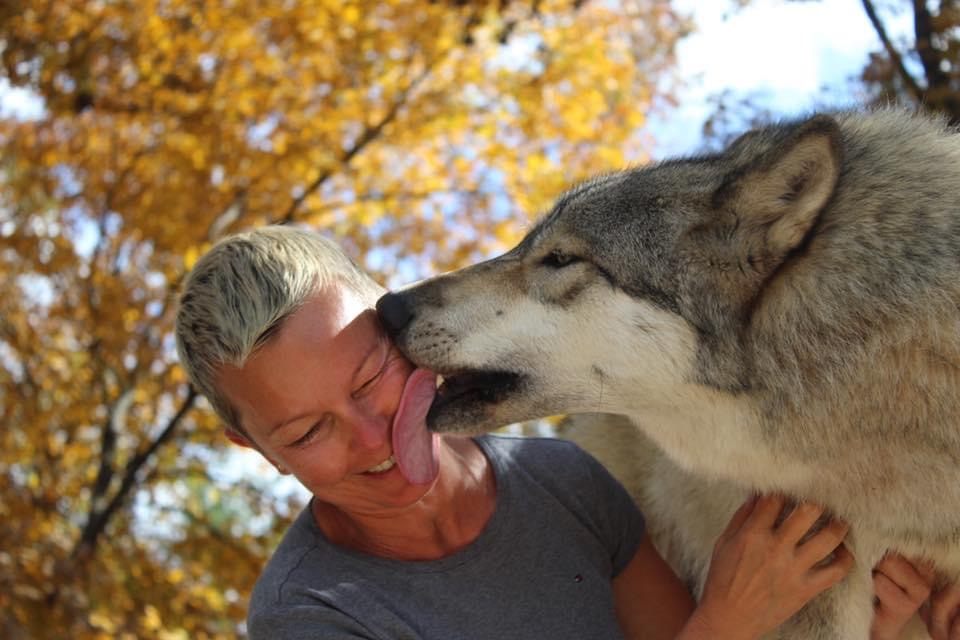
4. Seacrest Wolf Preserve – Chipley
Join the Pack
If you’ve ever dreamed about interacting with wolves, this 400-acre preserve can make those fantasies a reality. Started as a nonprofit in 1999, founders Wayne and Cynthia Watkins rescue displaced captive wolves with nowhere else to go, using education as a conduit to preservation. The population of 26 Gray, Arctic, and British Columbian wolves includes several distinct packs spread across the vast property. The crew of “Wolf Ambassadors” includes wolves such as Maverick, Freedom, and Miska who are friendly enough to allow guests to safely pet, cuddle, and pose for photos as guides explain how wolf group dynamics work. Part of the experience can also include time spent interacting with smaller animals including o’possums, skunks, raccoons, and foxes. Note: reservations are required and guests must be at least 10 years of age.

5. Ellie Schiller Homosassa Springs Wildlife State Park – Homosassa Springs
Marine Marvels
Homosassa Springs was once a train stop in the early 1900s, and journey-weary travelers would fish or take a dip in the pristine waters. Today, it’s home to all manner of wildlife, including alligators, panthers, black bears, cougars, red wolves and more. With viewing platforms and stroller-accessible elevated boardwalks, as well as trams and pontoon boats, there are plenty of ways to get around. Don’t miss the resident hippopotamus named Lu, who, at 64, is the oldest of the species in North America. The park is also home to rescued manatees, making it one of the only places to see the endangered species year-round. The underwater observatory, dubbed “the fish bowl” lets guests see wildlife beneath the surface and possibly interact with curious manatees through giant glass windows.
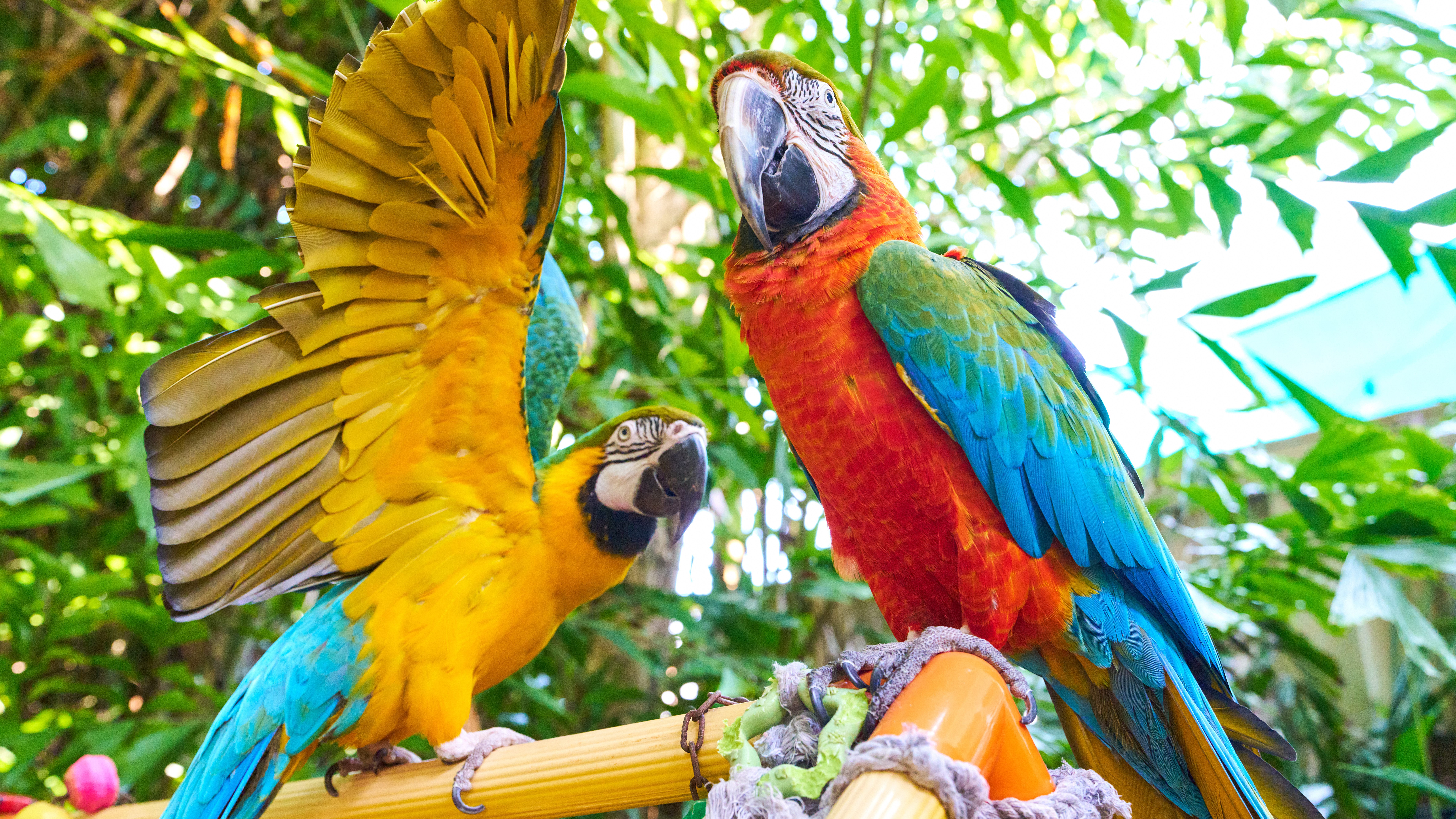
6. Nancy Forrester’s Secret Garden – Key West
Parrotdise
When you find this quaint parrot rescue, tucked behind a house near Old Town Key West, don’t be surprised if you’re greeted by squawks and perhaps even a “Hello!” from the avian residents. Founded in 1993 by environmentalist and artist Nancy Forrester, the petite preserve welcomes abandoned and unwanted parrots and macaws, some species of which are endangered. Forrester generously shares her knowledge in frequent “Parrot 101” talks and teaches visitors how to safely interact with — and possibly feed — the vibrantly colored, intelligent birds. Don’t be surprised if your kids start talking in parrot-speak following a visit!

7. Gypsy Gold Horse Farm – Ocala
Engaging Equines
Central Florida’s Marion County is known as the “horse capital of the world” and with good reason: it’s home to nearly 35,000 thoroughbreds, more than any other U.S. county. One of the most intriguing and newest breeds is the Gypsy Vanner – a sturdy cross of the Clydesdale, Shire, and Dales Pony breeds. In 1995, Dennis and Cindy Thompson spotted an unfamiliar stallion in the English countryside; a year later, they imported the first Gypsy Vanner to the U.S. Today, the prolific farm welcomes guests to tour the property, learn about the hairy-footed steeds (they look like they’re wearing fluffy bell bottoms), and interact with the personable equines. Visitors are welcome to bring a carrot or other horse-approved treat to share.
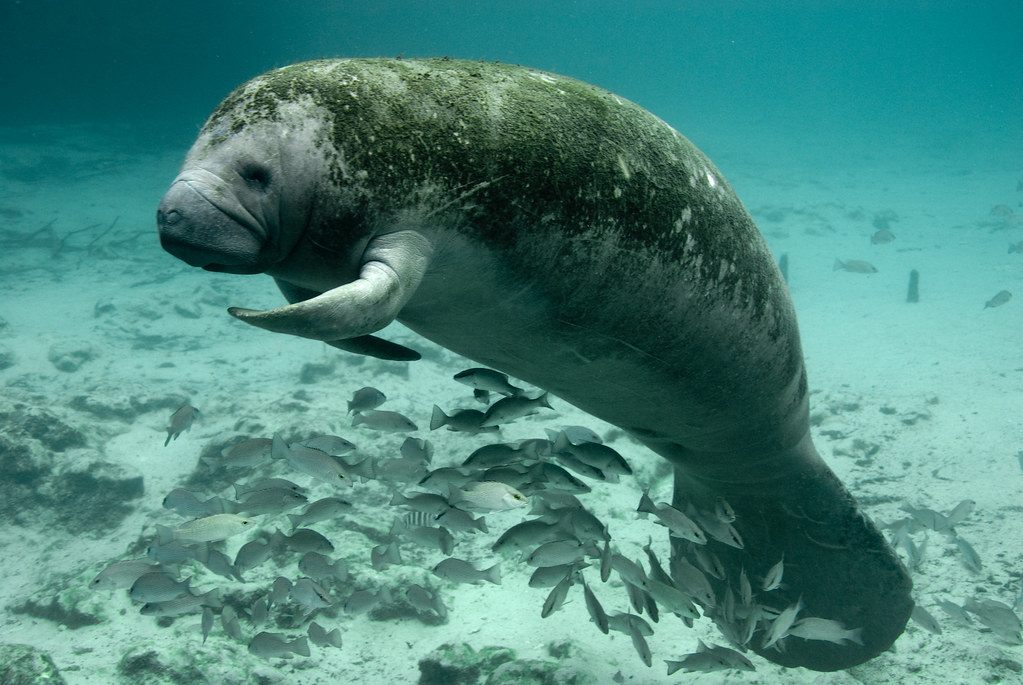
8. Manatee Springs – Chiefland
Marine Marvels
Manatee Springs State Park lives up to its name. Each winter, these massive marine mammals migrate north into the Gulf of Mexico looking for warmer climes. This northwest Florida locale features water fed from an underground spring, so it stays a steady 72 degrees, no matter the season. Manatees, nicknamed “sea cows,” love to feed on the nutrient-dense kelp that covers the river bottom. Park visitors are welcome to take a dip in the crystal waters (just make sure to give the manatees, some of whom have their babies here, plenty of space). Prefer to explore without getting wet? Rent a kayak or canoe and keep an eye out for the wildlife.
Sponsored by VISIT FLORIDA. Click here to explore more.



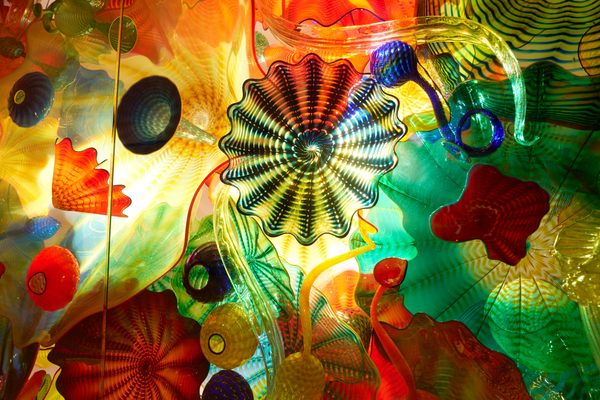

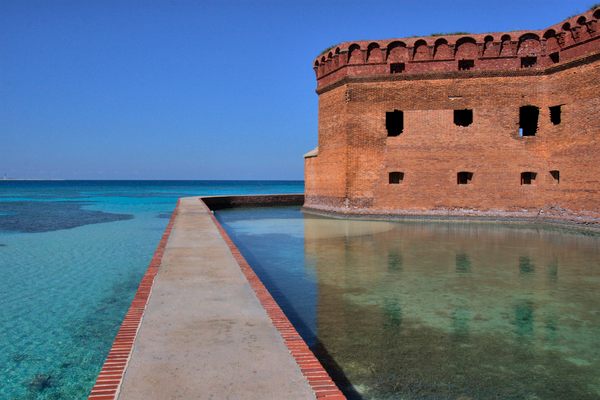























Follow us on Twitter to get the latest on the world's hidden wonders.
Like us on Facebook to get the latest on the world's hidden wonders.
Follow us on Twitter Like us on Facebook